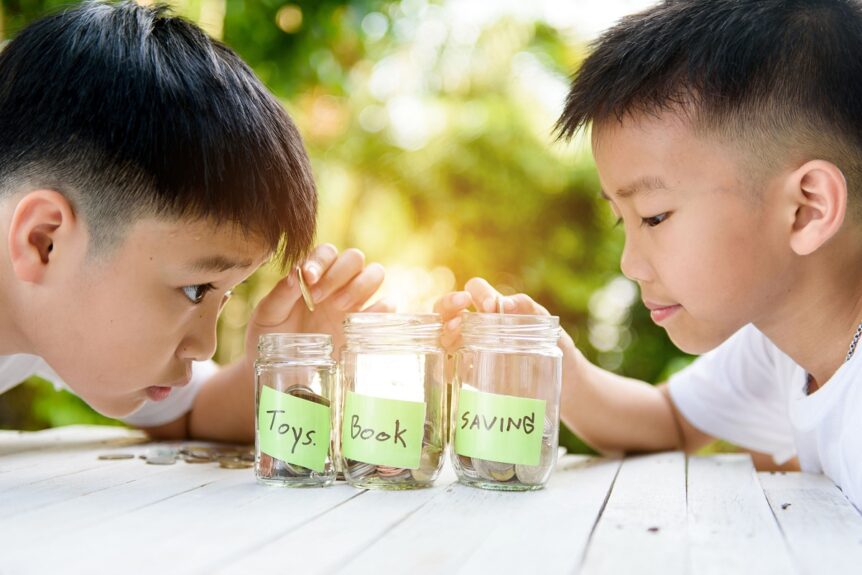Educating children about sustainability and financial responsibility is essential for developing habits that will benefit them and the environment throughout their lives. Here are 25 effective methods to instill these important values in young minds.
#1. Start a Savings Jar

Image Credit: Shutterstock / alinabuphoto
Teach kids the value of saving by having them set aside money in a savings jar for a specific goal, illustrating the importance of patience and planning.
#2. Grow a Garden Together
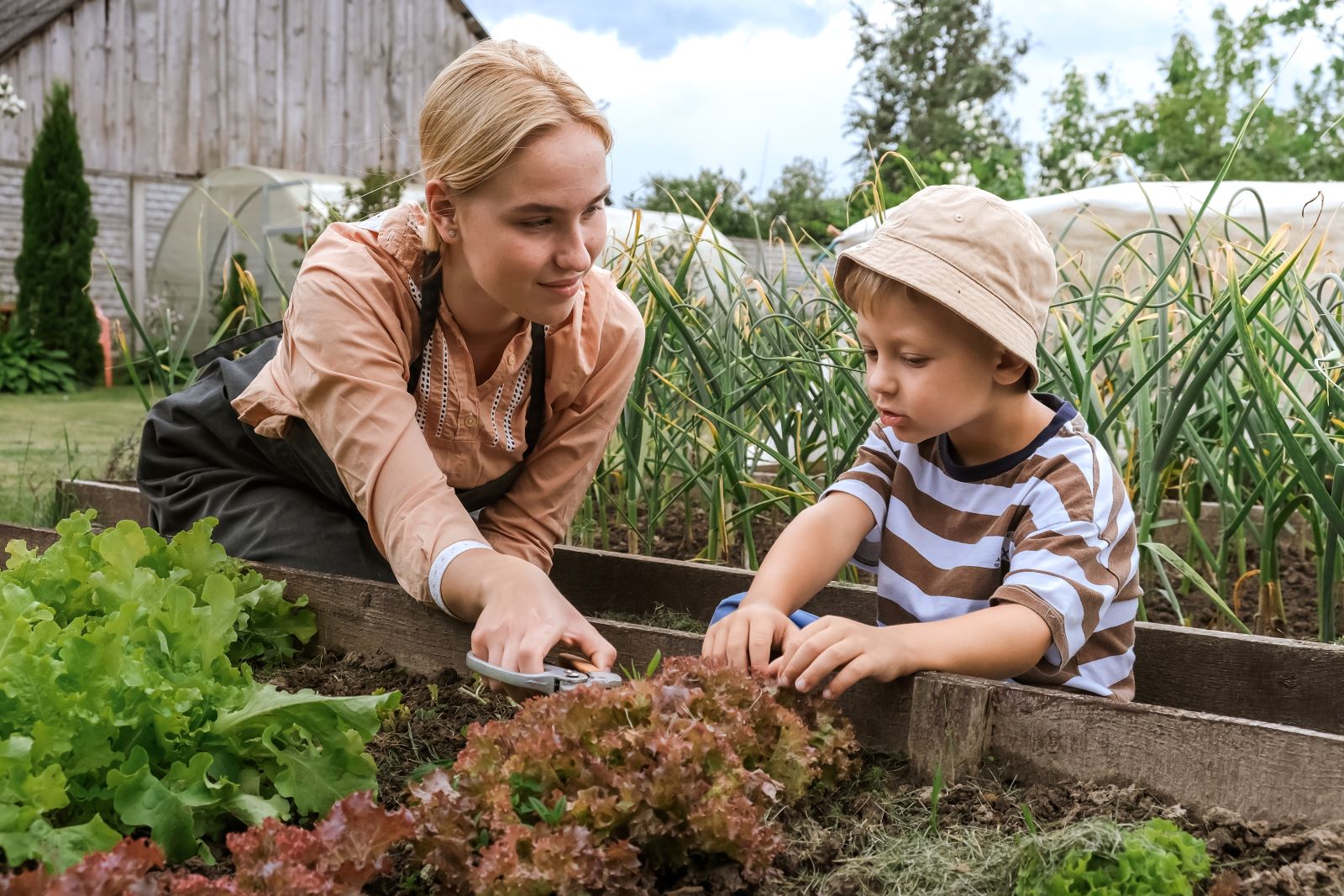
Image Credit: Shutterstock / Shyntartanya
Involve children in gardening to teach them about the cycle of life and the importance of nurturing the environment while showing how homegrown food can be cost-effective.
#3. Use Energy-Efficient Examples

Image Credit: Shutterstock / Butsaya
Explain the benefits of turning off lights and using energy-efficient appliances to demonstrate how small actions can save energy and reduce utility bills.
#4. Plan Eco-Friendly Family Outings

Image Credit: Shutterstock / NDAB Creativity
Choose activities like hiking or visiting a local farm to teach kids about the beauty and importance of nature, and how enjoying it doesn’t have to cost much.
#5. Encourage Secondhand Shopping
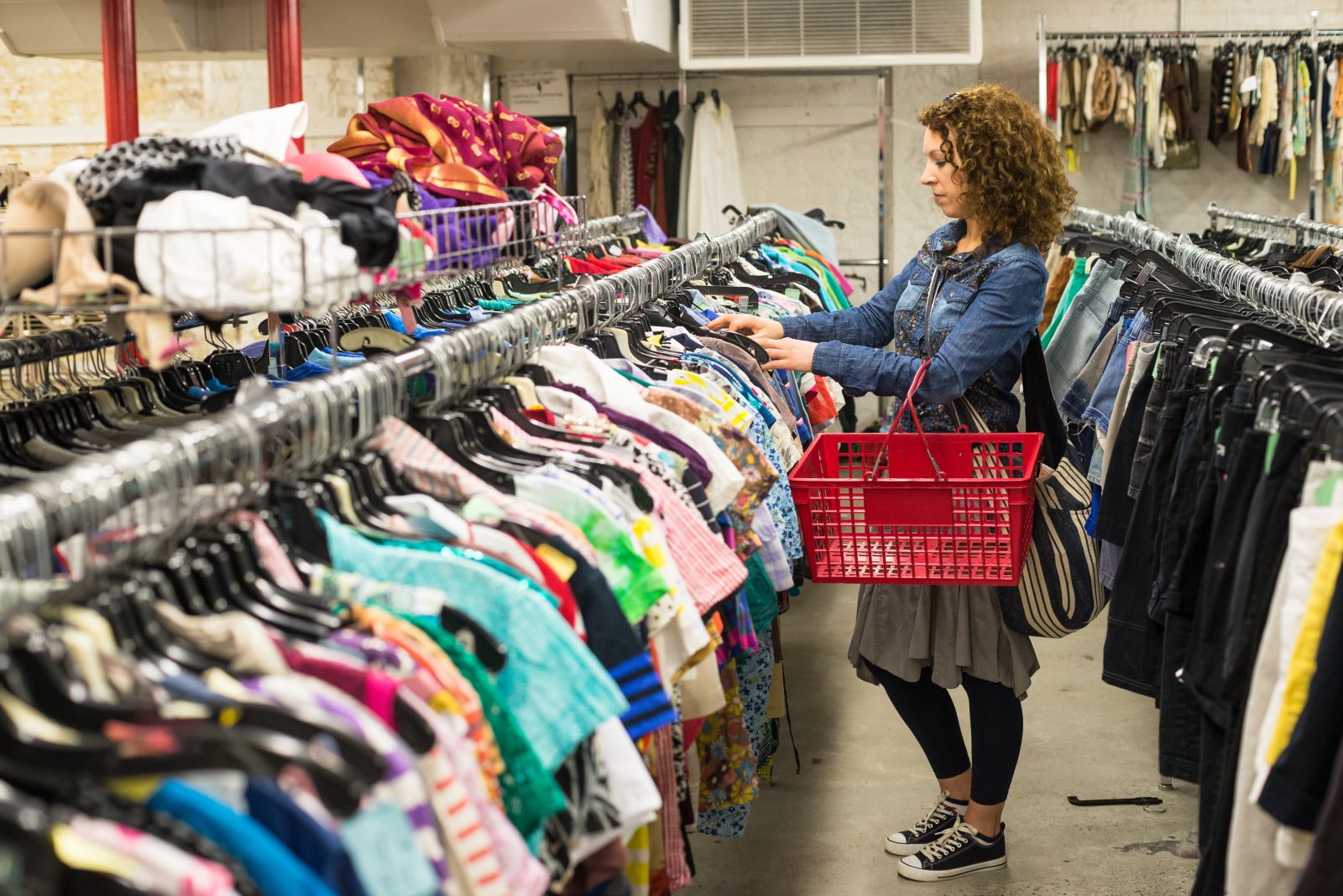
Image Credit: Shutterstock / gabriel12
Take kids thrift shopping or to consignment stores to find treasures, teaching them that reusing items is both financially savvy and environmentally friendly.
#6. Set Up a Budget for Allowances

Image Credit: Shutterstock / fornStudio
Help kids create a simple budget for their allowance, encouraging them to allocate funds for saving, spending, and sharing or donating.
#7. Cook Meals Together

Image Credit: Shutterstock / Gorodenkoff
Involve kids in meal planning and cooking with local, seasonal ingredients to show how this practice is both sustainable and cost-effective.
#8. Practice Recycling and Composting
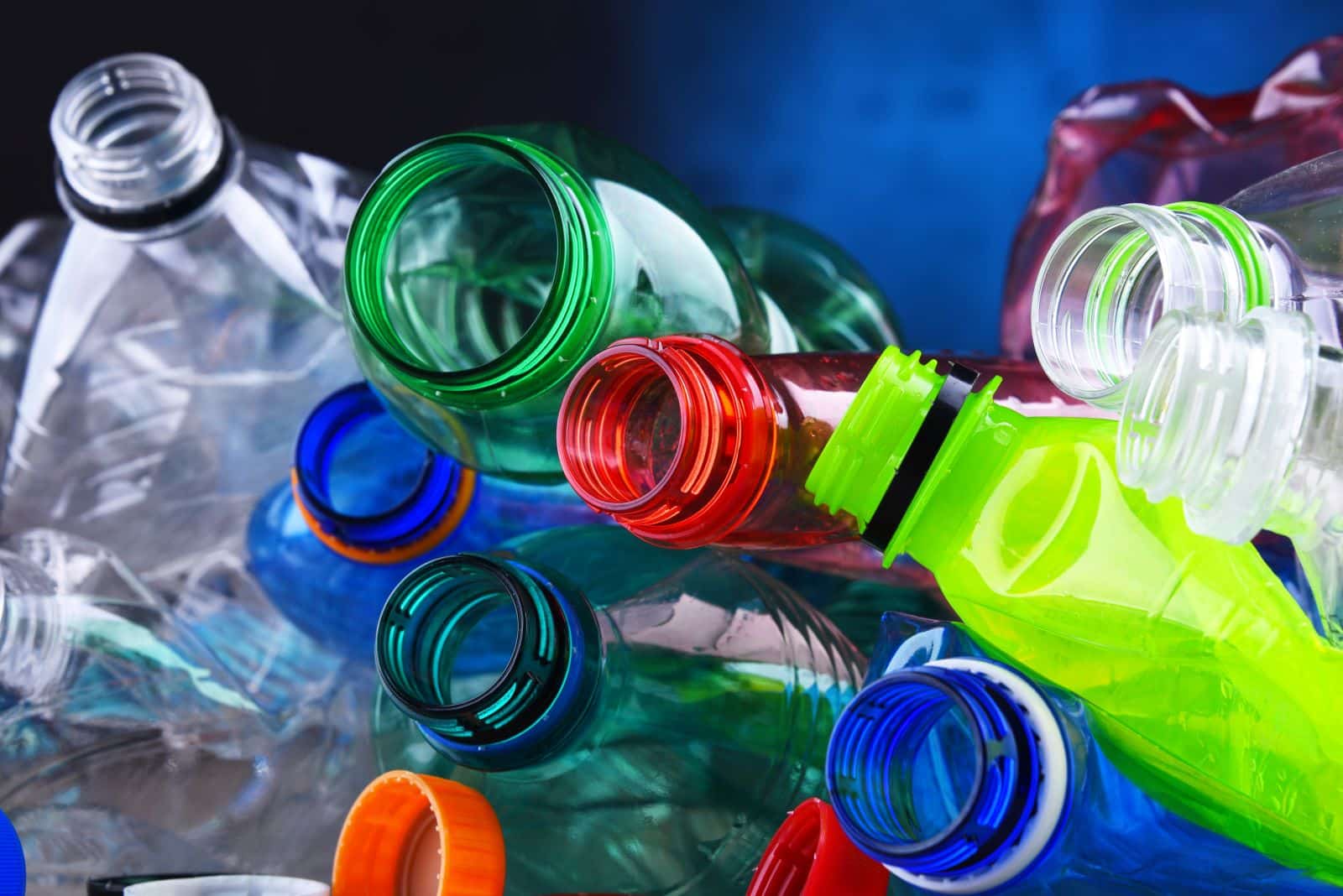
Image Credit: Shutterstock / monticello
Educate them about recycling and composting, explaining how these efforts conserve resources and reduce landfill waste.
#9. Discuss Water Conservation

Image Credit: Shutterstock / shisu_ka
Teach kids to turn off the tap while brushing their teeth and to take shorter showers, illustrating the importance of conserving water for both the planet and household bills.
#10. Volunteer for Community Clean-Ups

Image Credit: Shutterstock / Platoo Studio
Participate in local clean-up days to instill a sense of community and responsibility for maintaining a clean and healthy environment.
#11. Make DIY Crafts from Recycled Materials

Image Credit: Shutterstock / Rawpixels stock
Use recyclable materials for crafts, showing how creativity can turn what might be waste into valuable items.
#12. Read Books on Nature and Economy

Image Credit: Shutterstock / George Rudy
Select books that discuss nature conservation and financial wisdom to open discussions on these topics.
#13. Encourage the Use of Public Library

Image Credit: Shutterstock / polinaloves
Frequent visits to the library not only promote reading but also teach kids the value of shared community resources over buying new books.
#14. Compare Costs and Benefits
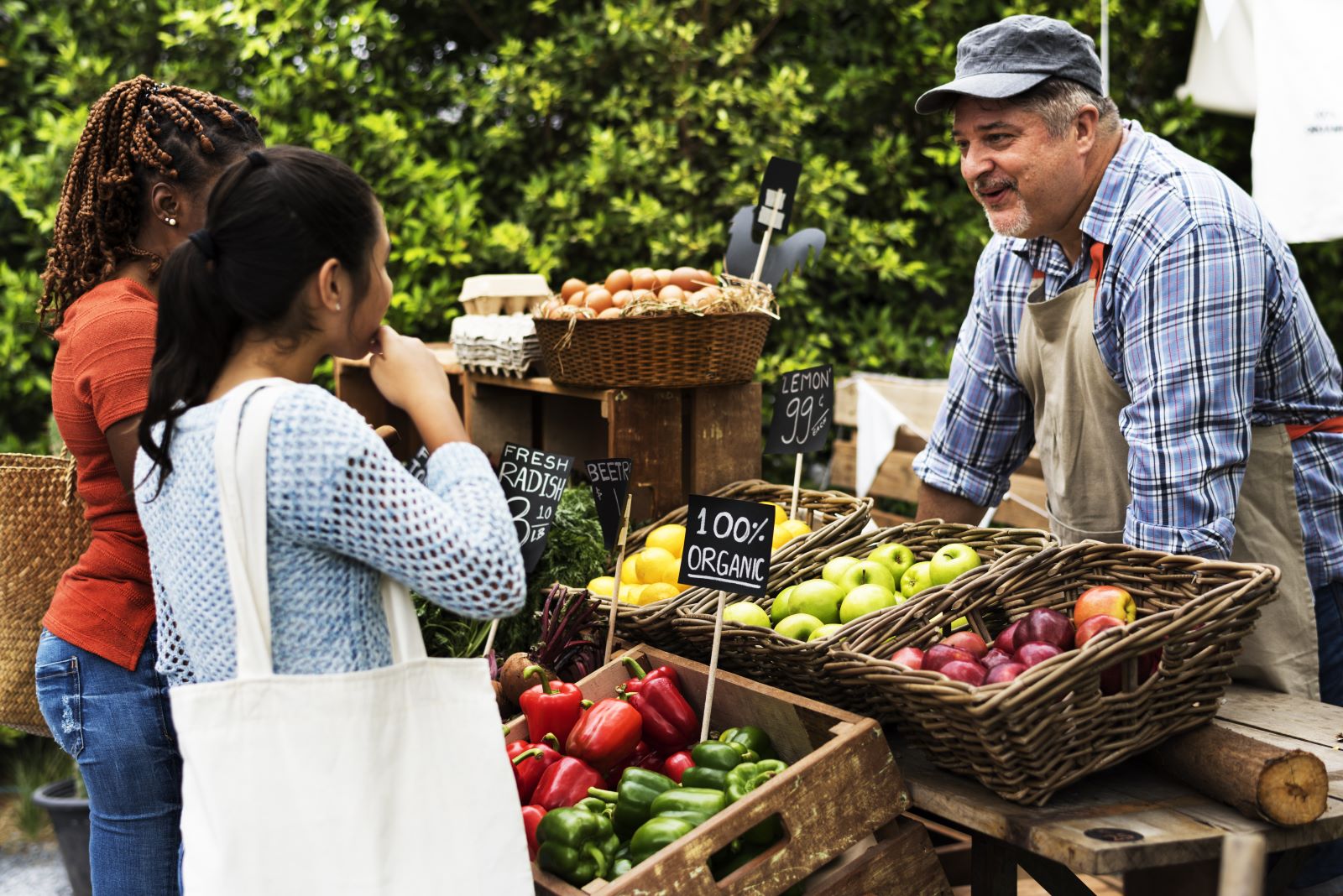
Image Credit: Shutterstock / Rawpixel.com
When making purchases, involve children in comparing prices and quality to teach them to make informed, value-conscious decisions.
#15. Monitor Energy and Water Use

Image Credit: Shutterstock / F01 PHOTO
Show kids utility bills and discuss how family habits impact costs and the environment, motivating them to adopt more sustainable practices.
#16. Explain Advertising and Impulse Buying

Image Credit: Shutterstock / Dmytro Zinkevych
Discuss how advertising influences buying habits and the importance of resisting impulse purchases for both financial and environmental reasons.
#17. Create a Family Donation Box
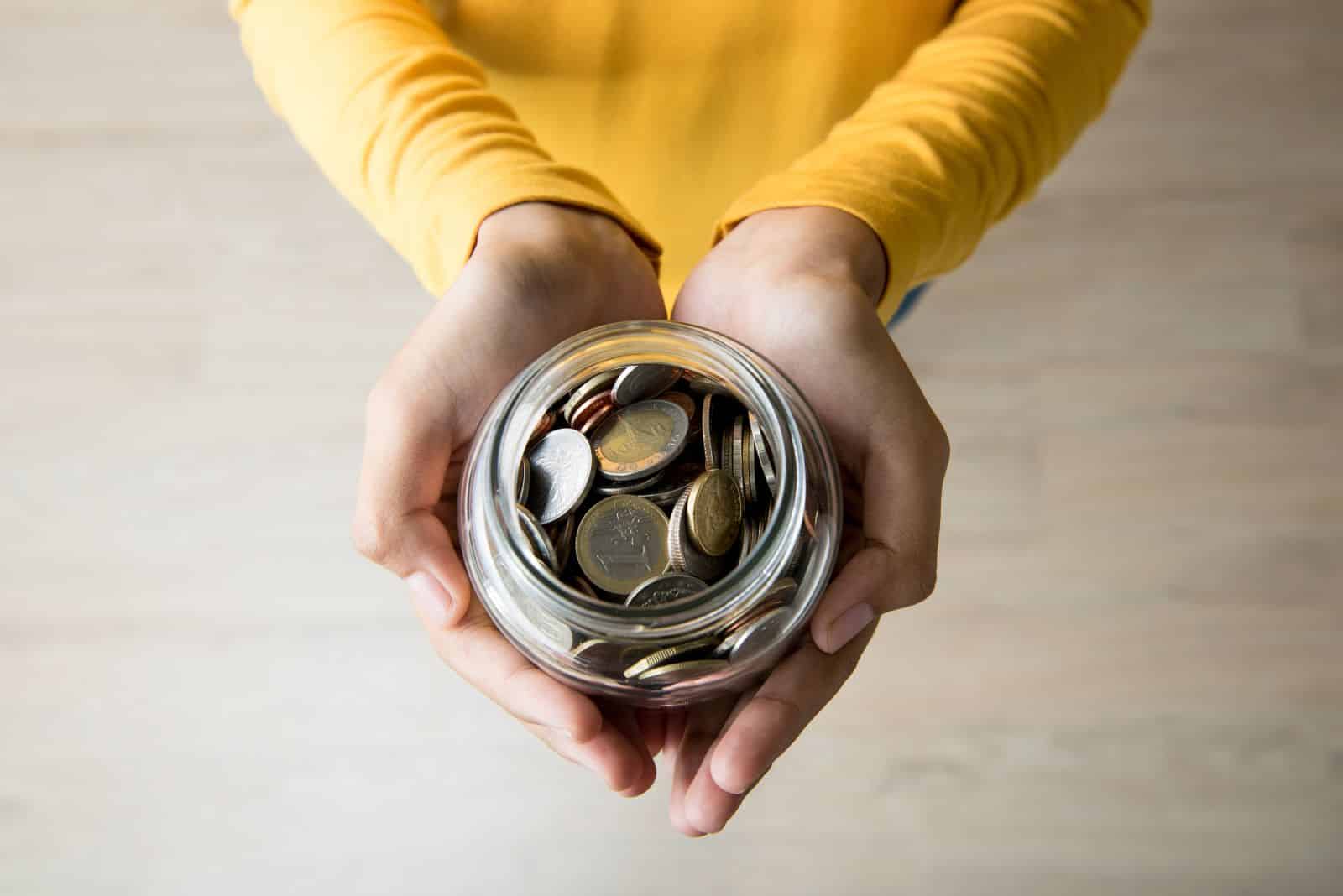
Image Credit: Shutterstock / Atstock Productions
Set up a box for items to donate, teaching children the value of giving to those in need and the benefit of decluttering sustainably.
#18. Use Reusable Containers for Lunches
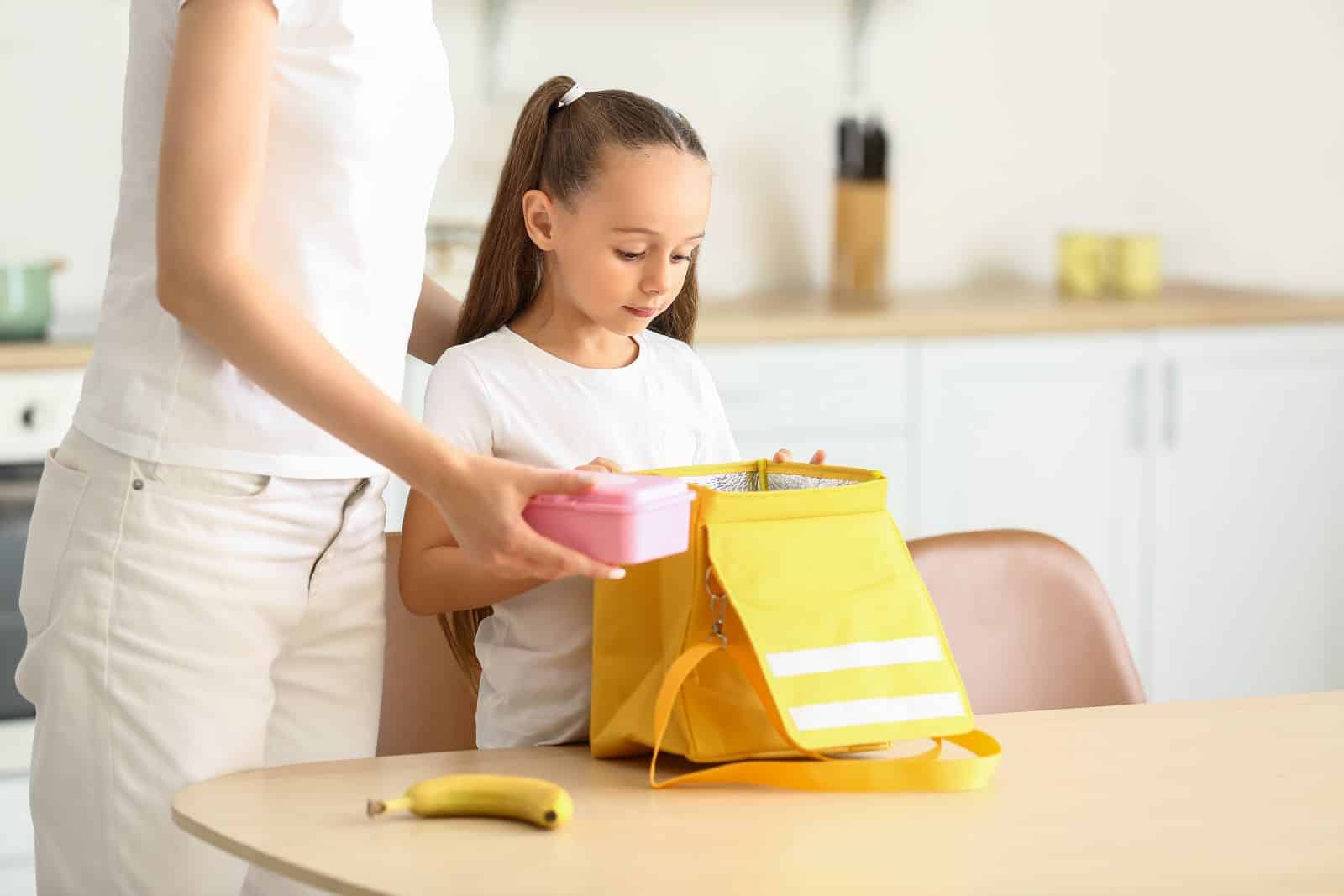
Image Credit: Shutterstock / Pixel-Shot
Pack lunches in reusable containers to reduce waste and explain the cost savings and environmental benefits over disposable packaging.
#19. Teach Basic Repairs and Upcycling

Image Credit: Shutterstock / Zivica Kerkez
Involve kids in simple repairs or upcycling projects to show how extending the life of items is both eco-friendly and economical.
#20. Plan a Yard Sale

Image Credit: Shutterstock / Pressmaster
Organize a family yard sale, with kids helping to choose items to sell and learning about value, negotiation, and the reuse of goods.
#21. Discuss the Cost of Energy Sources

Image Credit: Shutterstock / fizkes
Talk about different energy sources and their costs, emphasizing renewable energy’s long-term benefits and savings.
#22. Encourage Homemade Gifts
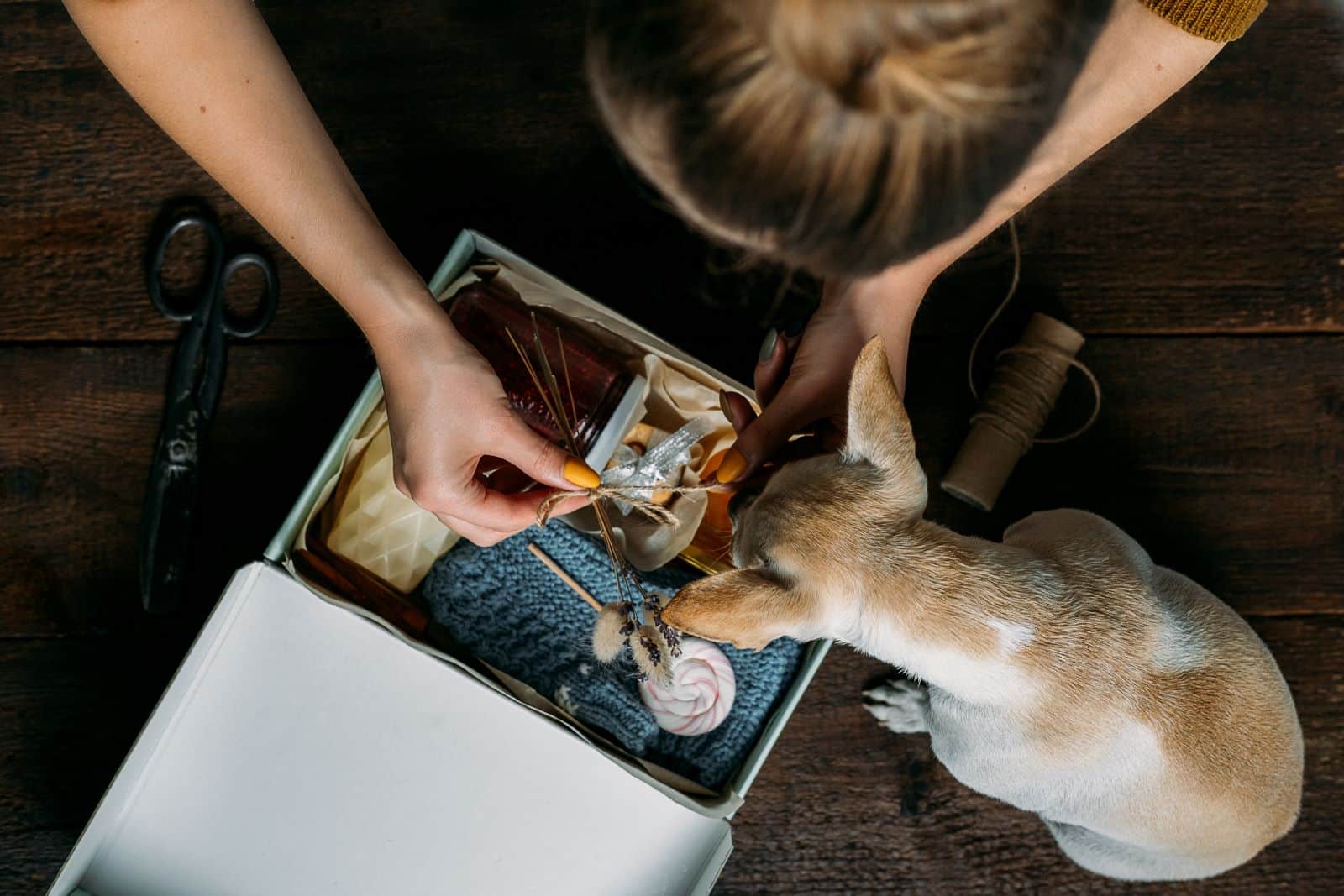
Image Credit: Shutterstock / Iryna Imago
Guide children in making gifts, which fosters creativity and shows that thoughtful, personal presents can be more meaningful and less costly than store-bought ones.
#23. Use a Chore Reward System

Image Credit: Shutterstock / Drpixel
Link chores to small monetary rewards to teach the relationship between work and earning, highlighting the importance of effort in achieving financial goals.
#24. Explore Natural DIY Cleaning Products

Image Credit: Shutterstock / gpointstudio
Make cleaning products from natural ingredients, showing kids that effective and safe alternatives can be made at home, reducing costs and chemical exposure.
#25. Celebrate Savings Achievements

Image Credit: Shutterstock / fizkes
Acknowledge when children reach their savings goals, celebrating their discipline and planning, which reinforces the value of patience and persistence in financial matters.
Building Foundations

Image Credit: Shutterstock / Evgeny Atamanenko
By integrating these practices into daily life, you can equip children with the knowledge and habits necessary to lead financially responsible and environmentally conscious lives. Ready to start this rewarding journey with your kids?
Featured Image Credit: Shutterstock / TinnaPong.
The content of this article is for informational purposes only and does not constitute or replace professional financial advice.
For transparency, this content was partly developed with AI assistance and carefully curated by an experienced editor to be informative and ensure accuracy.

